#Chandrayaan2: Led by Great ISRO Scientists, Know About Mission Here
Chandrayaan 2: the second lunar exploration mission, developed by the India Space Research Organisation, is the talk of the town nowadays. Want to know more about it? Hop in & learn all!
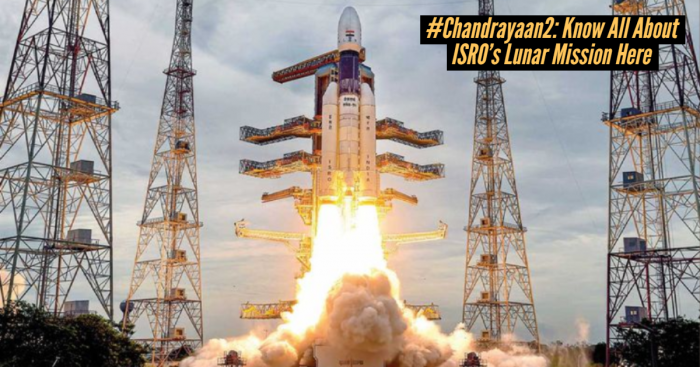
Hashtags like #Chandrayaan2 and #ISRO are all over Twitter nowadays. Well, it’s not something you talk about and forget, it is something historical just happened.
Yes, the India Space Research Organisation (ISRO) developed Chandrayaan-2, the second lunar exploration mission. And, it has achieved 90-95% success in it. The Spacecraft consists of a lunar orbiter, the Pragyan lunar rover, and the Vikram lander, all of which were developed in India.
The Primary Objective of Moon Mission
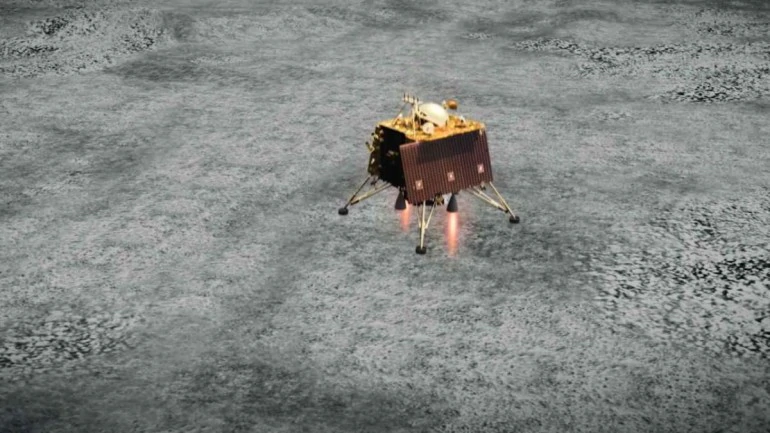
The prime aim of the mission is to illustrate the capability to soft-land on the moon surface and operate a robotic rover over it. Besides, some scientific goals are to include studies of lunar topography, elemental abundance, mineralogy, the lunar exosphere, and signs of hydroxyl and water ice.
Chandrayaan-2 Mission Profile
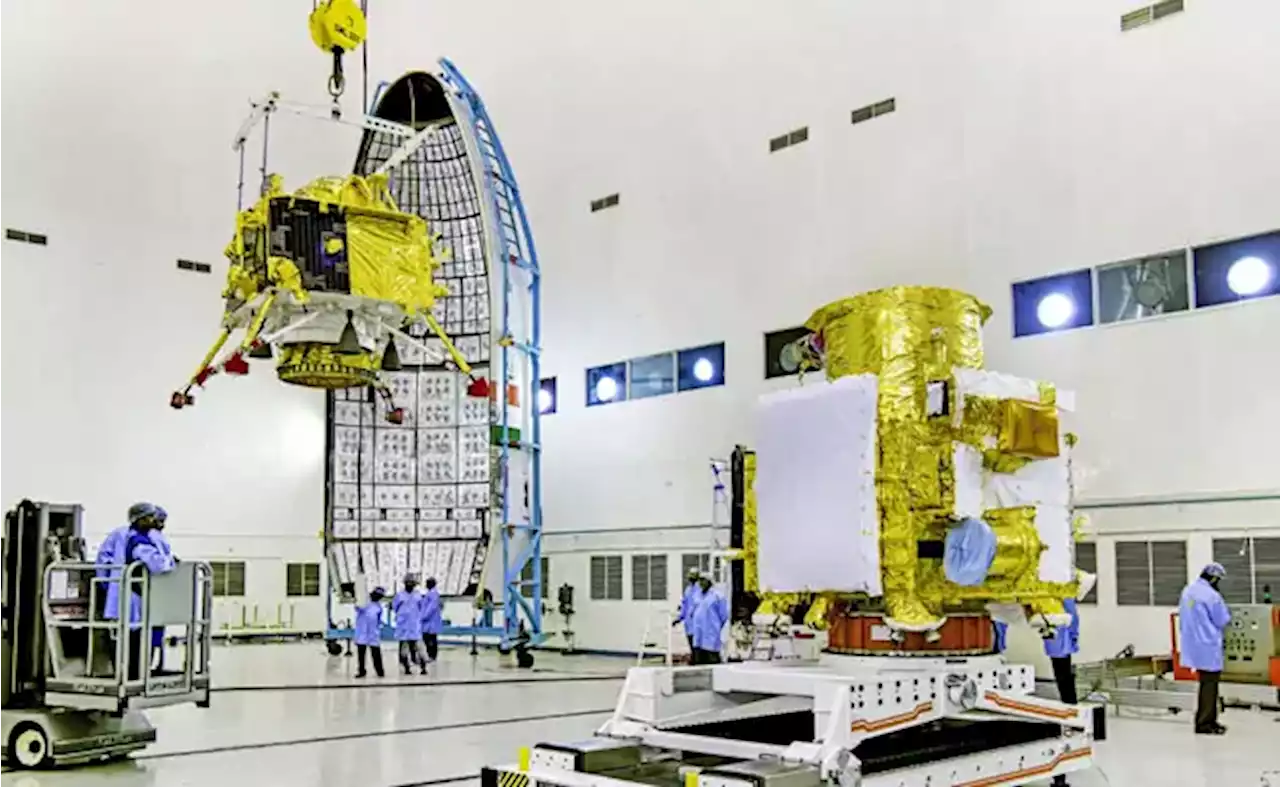
Chandrayaan 2, an Indian Lunar Mission, was launched at 9:13 UT (2:43 p.m. Indian Standard Time) on 22 July 2019 from Satish Dhawan Space Center on Sriharikota Island on an ISRO Geosynchronous Satellite Launch Vehicle (GSLV) Mark III.
And, followed by a trans-lunar injection on 14 August, the lander-orbiter pair went into an initial elliptical (170 x 40400 km altitude) Earth parking orbit. Then on 20 August, the pair entered lunar polar orbit. Further, on September 2, the lander and orbiter separated.
Well, the orbiter evolves into a circular polar orbit of 100 km altitude. Whereas, the Vikram lander maneuvered into an orbit of 30 x 100 km along with a purpose to land on the surface in the high latitude areas near the south pole between two craters, Simpelius N and Manzinus C, on 7 September between about 1:30 and 2:30 a.m. Indian local time (Sept. 6, 20:00-21:00 UT).
However, things did not go as planned, and unfortunately, during the descent at an altitude of 2.1 km, the contact was lost. The data is being analyzed. Well, it is planned that the orbiter portion of the mission will last one year. Moreover, using a ramp shortly after landing, the rover was to be deployed. The rover and lander portions of the mission were planned for one period of lunar daylight, i.e., 14-15 days.
ISRO tweeted,
“This is Mission Control Centre. #VikramLander descent was as planned and normal performance was observed up to an altitude of 2.1 km. Subsequently, communication from Lander to the ground stations was lost. Data is being analyzed.
#ISRO”
This is Mission Control Centre. #VikramLander descent was as planned and normal performance was observed up to an altitude of 2.1 km. Subsequently, communication from Lander to the ground stations was lost. Data is being analyzed.#ISRO
— ISRO (@isro) September 6, 2019
And as Rs 978 crore is concerned, while talking about the mission’s success, ISRO in a statement said,
"The success criteria was defined for each and every phase of the mission and till date 90 to 95% of the mission objectives have been accomplished and will continue contribute to Lunar science, notwithstanding the loss of communication with the Lander."
And recently, they tweeted again,
“#VikramLander has been located by the orbiter of #Chandrayaan2, but no communication with it yet. All possible efforts are being made to establish communication with lander.
#ISRO”
#VikramLander has been located by the orbiter of #Chandrayaan2, but no communication with it yet.
— ISRO (@isro) September 10, 2019
All possible efforts are being made to establish communication with lander.#ISRO
Mylswamy Annadurai, the Program Director, said in an interview,
"As we have located the lander on the lunar surface, we now have to establish contact with it. The place, where the lander alighted is expected to be not conducive enough for the lander to soft-land. There may be some obstacles, which could have been stopping us from establishing the connection."
He added,
“There is always a two-way communication between the orbiter and lander, but we can attempt to communicate through one way... It is a tricky situation but our scientists are capable enough to handle it.”
About Spacecraft and Its Subsystems
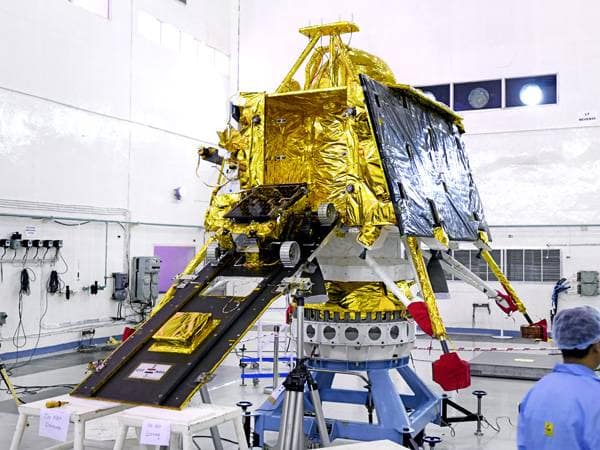
The orbiter of the Chandrayaan 2, posses having the orbital mass of 2379 kg, is a box-shaped craft with solar arrays capable of generating 1000 W power. The orbiter communicates with the lander as well as the Indian Deep Space Network. Moreover, the orbiter will have a scientific payload containing a visible terrain mapping camera, a synthetic aperture radar, a neutral mass spectrometer, a radio occultation experiment, a near-infrared spectrometer, solar X-ray monitor, and a soft X-ray spectrometer.
Another subsystem of the spacecraft is the rover named Pragyan (also Pragyaan), which has a mass of 27 kg. It is a 6-wheeled vehicle that can travel up to 500 m at a speed of 1 cm per second and runs on 50 W of solar power. The rover and the lander stay in communication with each other directly. The rover will hold alpha-proton X-ray spectrometers, cameras, and a laser-induced ablation spectroscopy experiment.
And another most important subsystem of the spacecraft is the lander named Vikram, which has a mass of 1471 kg (including the rover) and can generate 650 W of solar power. And, the lander can communicate directly with rover (as mentioned above), the orbiter, and to the Indian Deep Space Network. The lander will carry a camera, thermal profiler, seismometer, a NASA-supplied laser retroreflector, and a Langmuir probe.
The Group of Talented Scientists & Engineers Behind Chandrayaan-2
No one can forget, the mission was possible only due to the consistent efforts and the hard work of a group of both scientists as well as engineers, who put in their efforts for many years to make sure Chandrayaan-2 reaches its destination. However, there are around 16,500 men and women behind India's most complex and ambitious space mission, but some of the popular names that deserve recognition are:
1. K Sivan (Dr. Kailasavadivoo Sivan), Chairman of ISRO
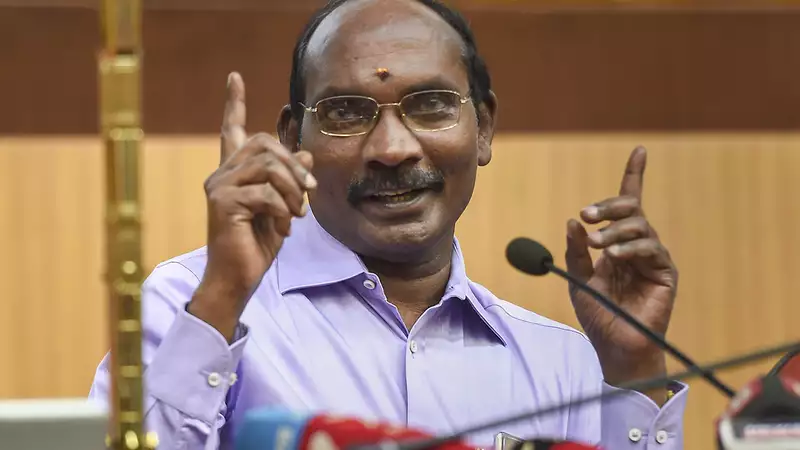
K Sivan, 62, the phlegmatic rocket scientist from Tamil Nadu, became chairman of ISRO in 2018. Despite multiple delays, including technical problems with the Vikram lander, he has driven the Chandrayaan-2 mission to realization. The ISRO veteran has served as Vikram Sarabhai Space Centre's director & spent over 36 years in the organization.
For the development of bigger rockets such as GSLV Mk II and III, his innovations to mission design in ISRO’s workhorse and highly consistent PSLV rocket program has been a bedrock.
Sivan’s ISRO profile says,
“He is the chief architect of 6D trajectory simulation software, SITARA, the backbone of real-time and non-real-time trajectory simulations of all ISRO launch vehicles. He was responsible for commissioning world-class simulation facility in ISRO for mission synthesis and analysis, which is used for mission design.”
Sivan completed his Masters in Aerospace from IISc, a Ph.D. in Aerospace from IIT Bombay, and got an aeronautics engineering graduate degree from IIT Madras.
Spacecraft Team
2. Mylswamy Annadurai
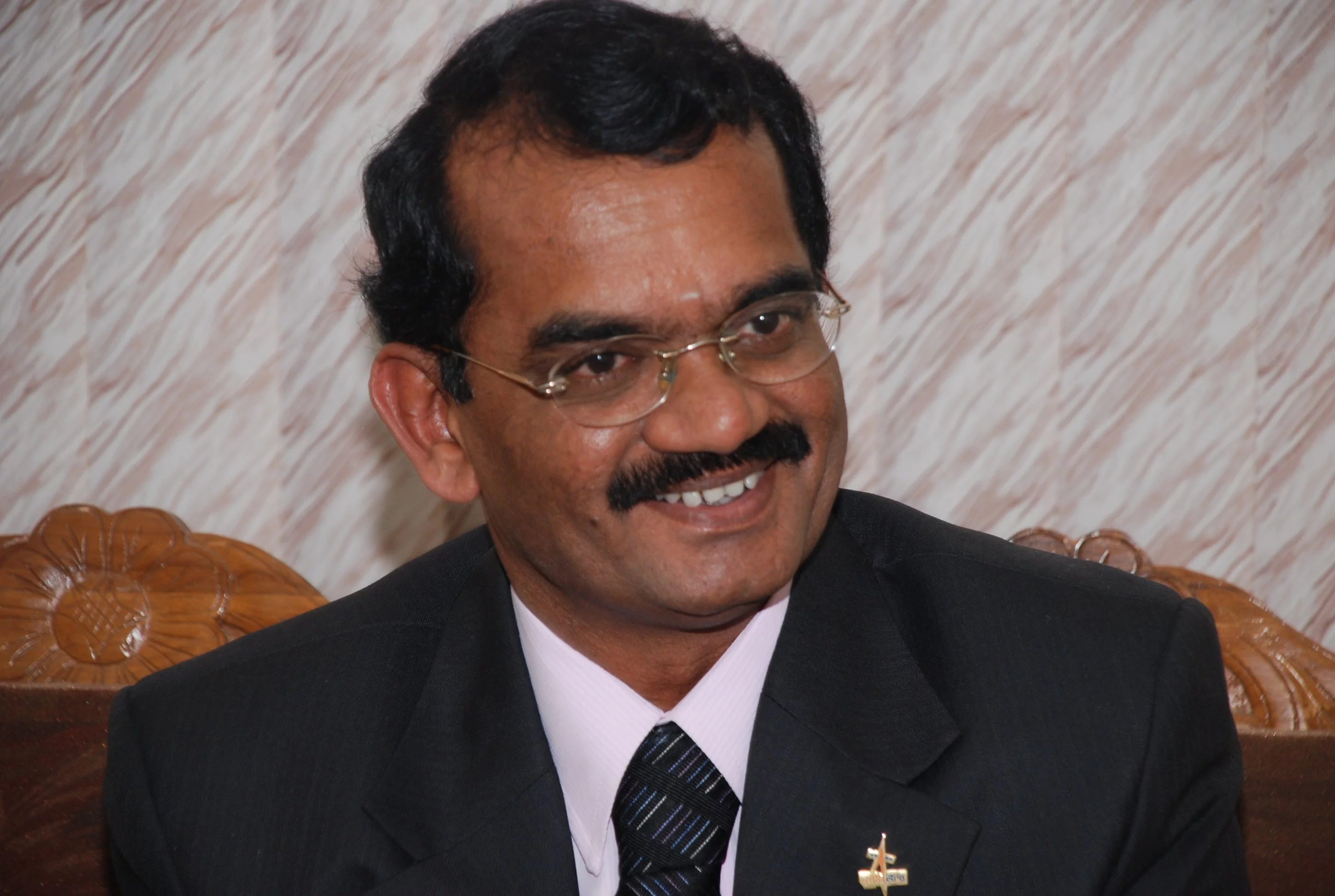
Mylswamy Annadurai, also known as 'Moon Man,’ is a Vice President for Tamil Nadu State Council for Science and Technology and also a Padma Shri awardee.
In 1982, he joined ISRO and also worked as the Program Director for Chandrayaan-1, the first Indian lunar probe under the Chandrayaan program. Besides, he has worked as the Mission Director for several satellites launched by ISRO.
3. Ritu Karidhal
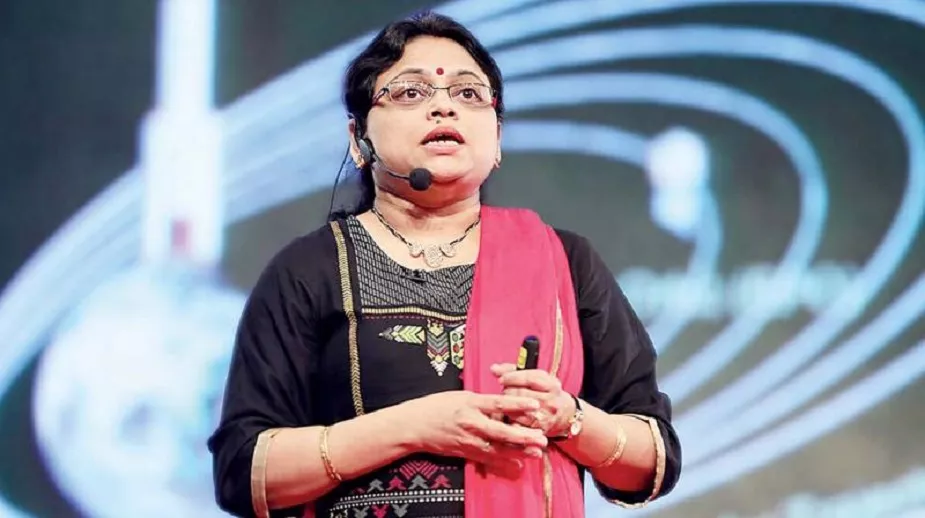
Ritu Karidhal, the Mission Director of Chandrayaan-2, is very well known as the 'Rocket Woman of India.’ In November 1997, she joined ISRO as a young engineer and since then worked well in the organization. Karidhal, who also served as the Deputy Operations Director for the Mars Orbiter Mission, received the ISRO Young Scientist Award in 2007.
4. Muthayya Vanitha
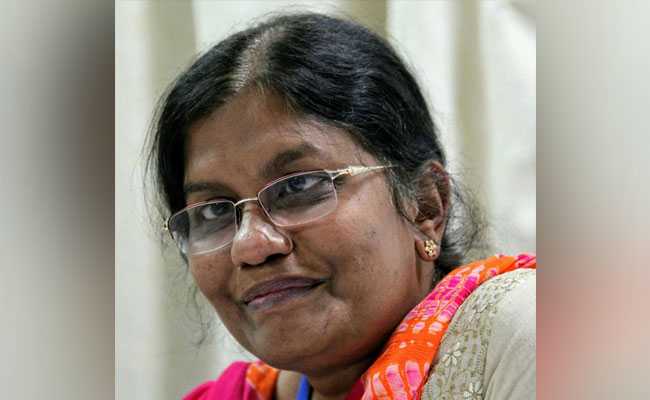
M. Vanitha, Project Director and a Design Engineer by training, is the first woman to hold the position of Project Director at ISRO. Being a part of ISRO for over 32 years, she received the Best Woman Scientist award in 2006 by the Astronomical Society of India.
5. Chandrakanta Kumar
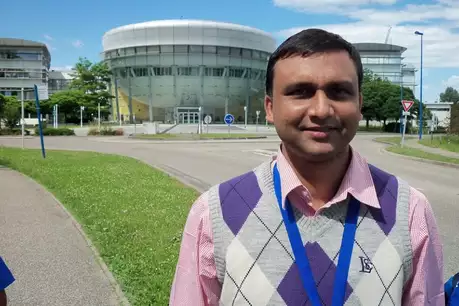
Chandrakanta Kumar, who joined ISRO in 2001, is the Deputy Project Director responsible for the RF system of the mission Chandrayaan-2. As his work role at ISRO, he heads the electromagnetics section of the U. R. Rao Space Centre.
6. Amitabh Singh
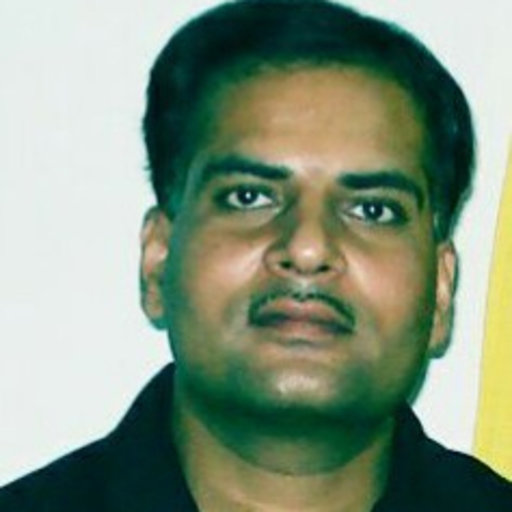
Amitabh Singh, Deputy Project Director for the mission, handles the optical payload data processing and onboard algorithm related to Rover and Lander of Chandrayaan-2.
Launch Vehicle Team
7. S Somanath, Director, Vikram Sarabhai Space Centre
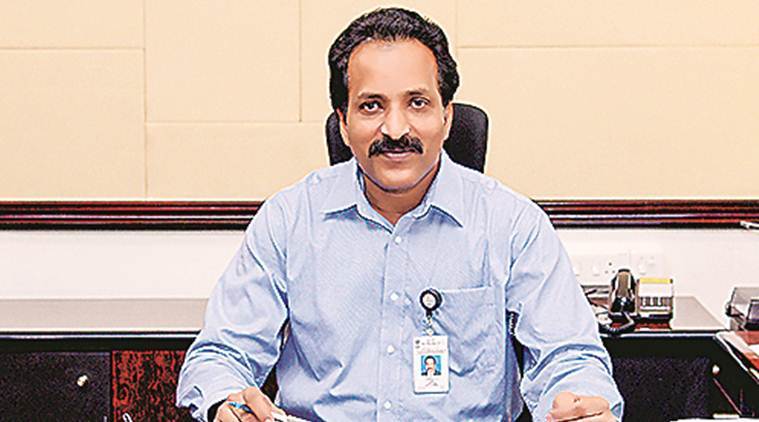
Behind the development of ISRO’s heaviest rocket, GSLV Mk III, Somanath is one of the key rocket scientists. And, Chandrayaan-2 is launched on GSLV Mk III. And, when Chandrayaan-2 mission underwent a delay on July 15 this year, plus the launch was aborted because of some technical glitch, Somanath’s team put the GSLV Mk III back on track in a week for launch on July 22.
8. V Narayanan, Director, Liquid Propulsion Systems Centre
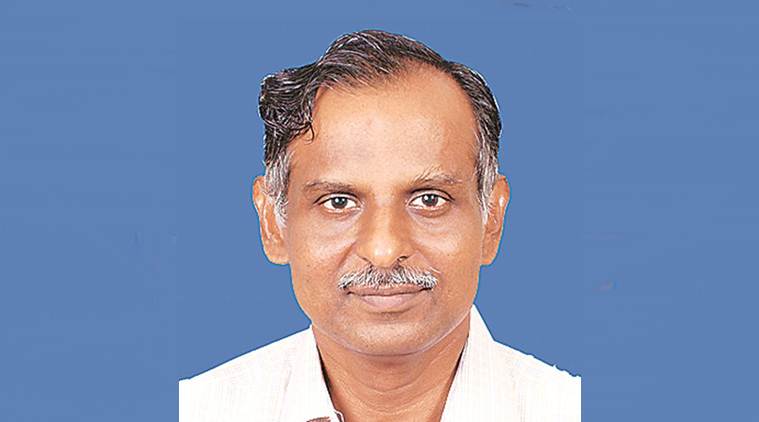
V Narayanan, the foremost expert on cryogenic propulsion technologies, is the Director of the Liquid Propulsion Systems center. And, he is also behind the success of the C25 cryogenic engine and L110 or liquid fuel Vikas engines associated with Chandrayaan 2.
What Went Wrong at the Last Moment?
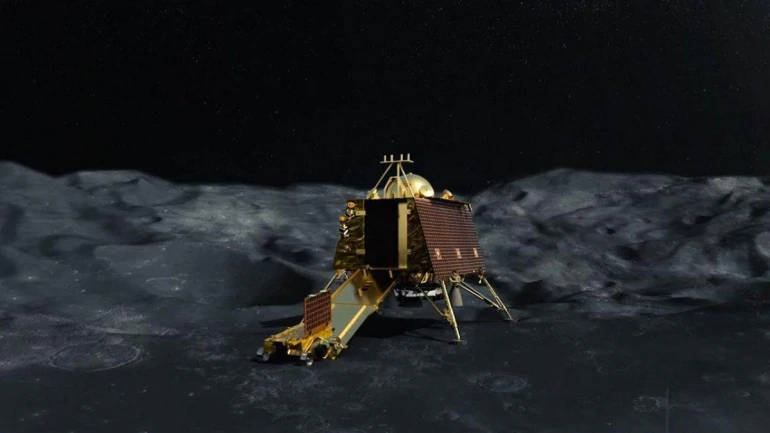
It is reported that the lander slightly veered off its plotted path at an altitude of about 5 km from the lunar surface; however, it immediately came back to its original path.
An ISRO official on the condition of anonymity and said,
"Just before the loss of communication link, the lander tumbled but recovered immediately. And after that the communication signals snapped. That means the lander in its trajectory lost its position."
He added,
"As per the landing sequence, the liquid apogee engine would be firing. When the lander is in an upside down position, if the engine is on fire then its descent will be faster."
But then the question arises that why did the lander Vikram tumble, and was it due to the uneven functioning of its throttleable engines?
"Whether the throttleable engines did not work or whether there was an uneven distribution of power has to be studied. The failure analysis will focus on what went wrong at the last moment."
Another ISRO official said,
"The lander could have lost its control when its thrusters were switched off during its descent and crash-landed, snapping the communication links. The vehicle will lose its stability if the thrusters do not work in unison."
All Hope Not Lost
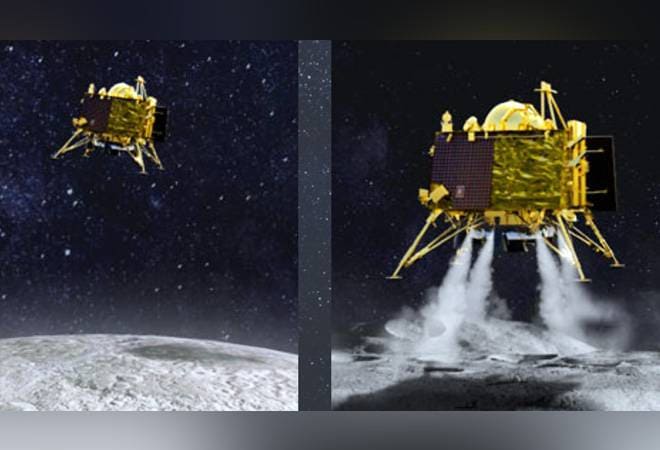
The lander Vikram did not land on the moon softly or lost connection while landing; still, all hope is not lost for Chandrayaan-2. As we have already mentioned, the mission consists of three payloads: the rover, lander, and the orbiter.
The rover and the lander, which would have made a 'soft landing' near the lunar south pole and might have made India the only country in the world to do so, are just one part of the mission. And, it is the orbiter where most of the mission's experiments are located.
Plus, estimating the quantity of iced water present near the lunar south pole, one important experiment associated with Chandrayaan-2 is to be performed by the orbiter only.
Hence, the Chandrayaan-2 orbiter, expected to complete its mission life of one year, is all safe.
Lost Vikram Lander Finally Found
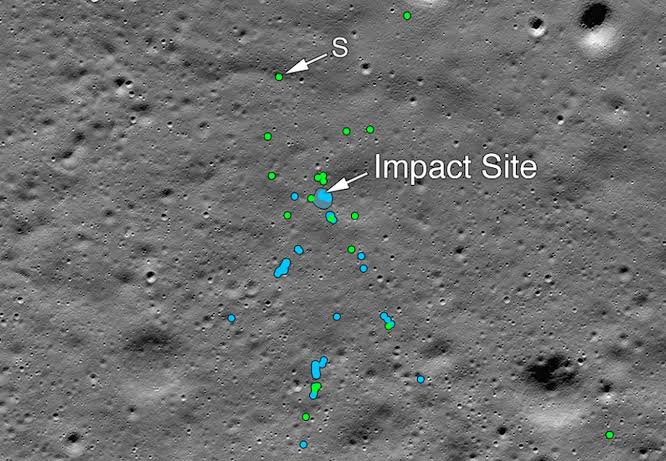
After two months now, a Chennai-based engineer found the location of the debris of the Vikram lander. Shanmuga Subramanian has been credited by NASA Federal agency for informing them about the presence of the debris of the lander of India's ambitious moon mission, Chandrayaan 2. Shan, a 33-year-old Indian guy, found the debris from the Vikram moon lander that scientists had been looking for and helped guide them to the spot where it had crashed.
As we mentioned above, the Indian Space Research Organisation (ISRO) had lost contact with the lander Vikram when it tried to make soft-landing near the moon's south pole following its launch from Chandrayaan 2 moon orbiter on September 6, 2019.
The boy discovered debris about 750 m from the main crash site of the lander. He informed NASA by mail, which said images made public by the space agency was combed by enthusiasts in search of the spacecraft.
“Lunar Reconnaissance Orbiter Camera team released the first mosaic (acquired Sept. 17) of the site on Sept. 26 and many people have downloaded the mosaic to search for signs of Vikram. Shanmuga Subramanian contacted the LRO project with a positive identification of debris. After receiving this tip, the LROC team confirmed the identification by comparing before and after images.”
Subramanian said he creates apps and websites and works as an IT architect in his free time. And, the first person to come up with identification was him. According to the mechanical engineer, NASA's inability to find the lander on its own had sparked his interest.
While telling that he was helped by fellow Twitter and Reddit users, he told news agency AFP,
"I had side-by-side comparison of those two images on two of my laptops... on one side there was the old image, and another side there was the new image released by NASA."
The space nerd added,
"It was quite hard, but (I) spent some effort.”
After he sent mail to NASA, they performed some additional searches in the area and officially announced the finding almost two months later.
Shan took to Twitter and posted a screenshot of the email he received from Nasa. He captioned it as,
“@NASA has credited me for finding Vikram Lander on Moon's surface
#VikramLander #Chandrayaan2 @timesofindia @TimesNow @NDTV”
@NASA has credited me for finding Vikram Lander on Moon's surface#VikramLander #Chandrayaan2@timesofindia @TimesNow @NDTV pic.twitter.com/2LLWq5UFq9
— Shan (@Ramanean) December 2, 2019
In an email response to Economic Times, Subramanian said that he was hooked to the images released by NASA and kept scanning it for days on end.
He wrote,
“Initially there was lot of false positives I got corrected by Twitterati and one of the tweets lead to me a reddit forum where they had the exact intended landing location and the path of Vikram..”
Again when asked that how he spotted the lander, Subramanian said:
“..I made out it would have stopped short of around 1 km from the landing spot so it eventually lead to me searching around 2 sq km around the landing area. I searched around North of the landing spot as Vikram approached the landing spot only from North and though there were a lot of false positives, I found a tiny little dot and compared with previous LRO images upto last 9 years which eventually confirmed it would be the debris then I reached out NASA about the same…”
He said,
"I did send a tweet to NASA and ISRO. I sent emails to a couple of NASA scientists. They were in charge of the LRO (Lunar Reconnaissance Orbiter) images. I got a good response from them."
Subramanian also mentioned about one burgeoning community of science enthusiasts online and said: “but efforts are needed to institutionalize it.”
He added-
“I would suggest Students and others to help out NASA,ISRO and other space organizations by building a good database of LRO images with features like comparison etc.,Currently we have to compare it manually... wish someone can do more on that.”
Shan is originally from Madurai, but an engineering graduate from the Government Engineering College in Tirunelveli. Further, in the interview, the space enthusiast said that his discovery would inspire many amateurs.
He told NDTV,
"I hope ISRO will again have a successful Chandrayaan 3 and they will be able to land on moon next time."
A Top Nasa Scientist Praised Subramanian's Work
A Top Nasa Scientist Praised Subramanian's Work
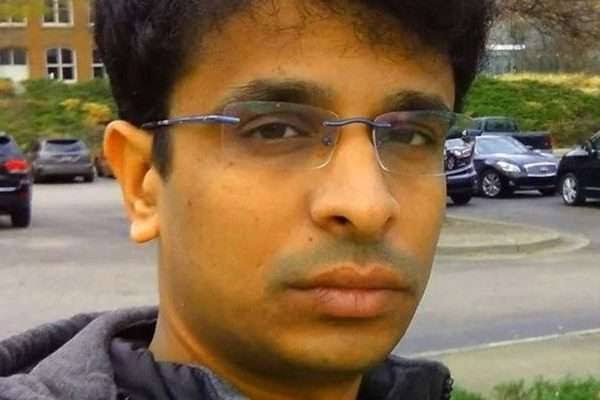
Even a top NASA scientist appreciated Mr. Subramanian's work and declared that it was completely independent.
NASA's Noah Petro told news agency IANS,
"The story of this really amazing individual (who) found it, helped us find it, is really awesome.”
He appreciated and said that Mr. Subramanian's work-
"is totally independent of the LRO, totally independent of the Chandraayan 2 team, just someone who is very interested in the Chandraayan 2 mission (who) used our data and identified a spot where there was a change that we had not identified."
Mr. Petro added,
"He went through the image, looking pixel by pixel and found that spot."
Also, NASA tweeted that lander has been found,
“The #Chandrayaan2 Vikram lander has been found by our @NASAMoon mission, the Lunar Reconnaissance Orbiter. See the first mosaic of the impact site https://go.nasa.gov/33Dl5Fr”
The #Chandrayaan2 Vikram lander has been found by our @NASAMoon mission, the Lunar Reconnaissance Orbiter. See the first mosaic of the impact site https://t.co/GA3JspCNuh pic.twitter.com/jaW5a63sAf
— NASA (@NASA) December 2, 2019
With the Rs. 1,000-crore Chandrayaan 2 mission, India had expected to make space history.
After the United States, Russia, and China, a successful soft landing on the moon's surface would have made the country only the fourth to achieve the feat. Not only that, but the success of the mission would also have made India the first country to complete a soft landing near the South Pole of the moon on its first attempt.
Popular Posts
What Is Trypophobia – A Disgust More Than Fear
"I can't really face small, irregularly or asymmetrically placed holes, they make me like, throw up in my mouth, cry a little bi...
Chandan Roy
16 Interesting Facts About Ambidextrous People
A lefty or left-handed uses his left hand more naturally and dominantly than the right hand. And the righty or right-handed is o...
Ethan Stephans
20 Interesting Facts About Meteoroid, Meteor and Meteorite
Watching celestial objects is a true delight. It is still fun to catch a sight of shooting stars when we grow up. A second of th...
Swati Bhandari








